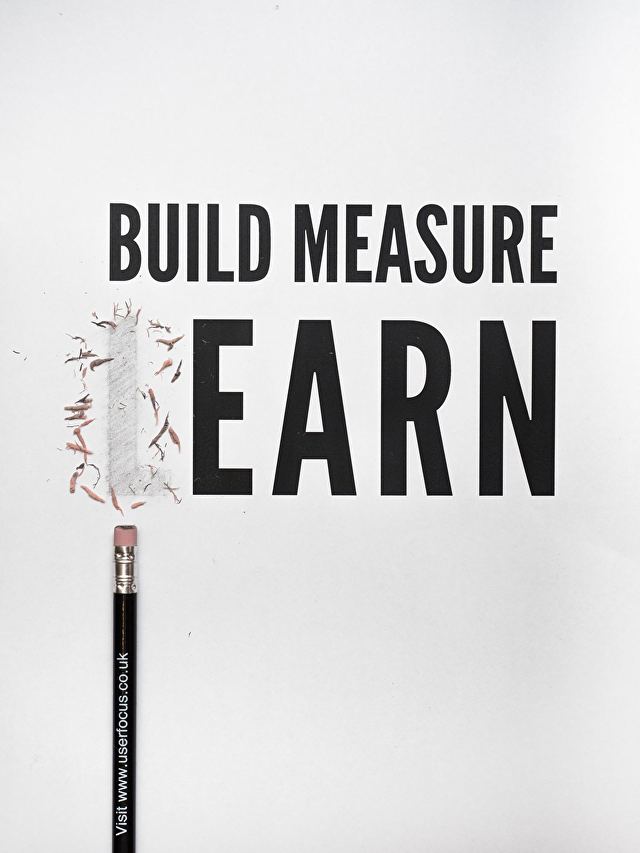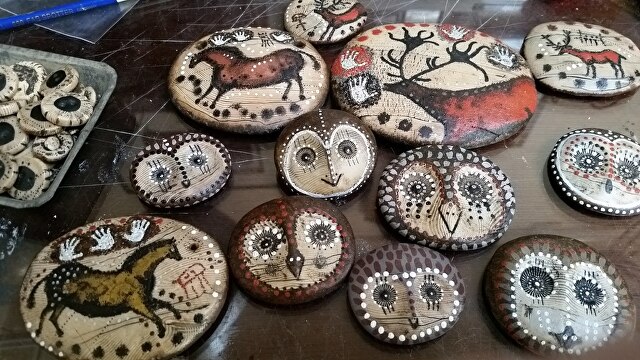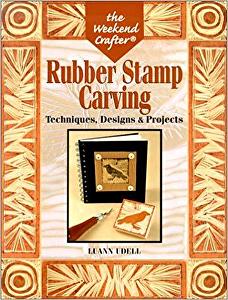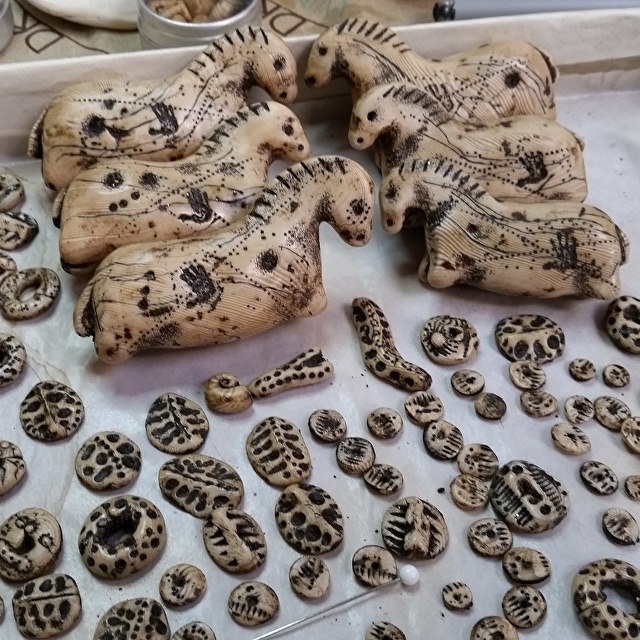Today, I am slowly transferring my ‘selling’ space from Etsy (since 2008!) to my FASO website at LuannUdell.com.
It will take a while, and I won’t completely give up my Etsy site. I may keep it for my less-expensive work, destash items, discontinued items, etc.
But the insight that a more unified-approach to selling my work online is long overdue.
Part of it comes from a newsletter this week from Clint Watson, owner/developer of the website hosting company Fine Art Studios Online, which also (ta-da!) hosts Fine Art Views, the online art marketing newsletter I’ve written for since 2011. In the article, Clint pleads for artists not to send him off-site when he wants to purchase their work.
So, insight from a long-time artist/gallery owner who now works to maximize artists’ sales and connection with their audience. I’ll take it!
But something else opened my eyes today, too. This is hard to share….
I’ve been distracted my entire career by false measures of my success in the world.
Like everybody else, I believe my work and story to be unique to ME. And being the center of my own universe, I think it’s the best in the world. Not bragging. Just human nature. (Okay, a lot of us swing from “I’m the best!” to “I suck!” We should form a club. It would be huge.)
Oh, I’ve got a humble side, too. I can see every error, every misstep along the way. Sometimes they’re so obvious in hindsight, I cringe. (See what I mean about the swing part?)
And yet I also know the power of my work, how strongly my customers connect to it, and how it has not only widened, but deepened my own life in so many ways. Even the work that now seems not-up-to-snuff had passionate collectors, people who even today beg me to replace/restore/replace a treasured piece they love.
And like everyone else, I want those awards, prizes, (and M*O*N*E*Y that comes with those prizes), the proof that I am who I say I am, that I’m as good as I like to think I am. I want the publicity that comes with those awards, too.
The latest is the Etsy Design Awards, which applications are being accepted for now.
Unfortunately, such honors have been few and far between, and none of them really affected my sales or popularity. And in hindsight, I can see why not.
My work is out of the box. I barely fit into even a ‘mixed-media’ category for shows, exhibits, etc. let alone more specialized ones.
Although my entire body of work is connected with a powerful story, stories aren’t often a factor in selection. (The Etsy one does, but just wait…) Even after 30 years of making, I still recognize the awe–and confusion–many first-time visitors experience when they see my work. “What is this made of?? Is it real ivory?” (The most frequent comment is, “It’s absolutely beautiful, and I have no idea what I’m looking at…”)
Here’s the origin story that led to today’s insights:
For decades, the League of NH Craftsmen’s Annual Fair was half my annual income. Besides that, it’s a prestigious and respected fine crafts organization, one I’m proud to me a member of.
And every year at the Fair, I dreamed of being selected for the Best Booth Award.
Almost every year, I’d come this close to winning. Well, okay, not THAT close. But I was often listed as a runner-up or also-ran.
I had a beautiful booth, and some of the judges would tell me later that they were appalled I hadn’t won. It helped, but I constantly wondered why I couldn’t nail it.
Until finally, years later, I realized I was shooting for the wrong star. Eyes on the wrong prize.
Holy cow! What do I care if my booth isn’t the prettiest?? That is NOT why I make the work I do.
Yes, I strive to display my work to its best. I work hard to have a professional booth at shows. I work hard at every professional aspect of my art biz, as a matter of fact, from process, to display, to marketing, to customer care.
And yet, somehow I landed on “best booth” as a measure of my worth?!
We all can fall victim to some imagined “measure of success” that actually has nothing to do with our own definition of “success”.
Years ago, I talked with a talented, well-known fiber artist. We talked about goals, and they shared theirs with me: “I want to have my work represented in at least one gallery in every one of the 50 states!”
My first question was, “Why???”
To me, the absurdity of this goal was obvious. Who needs 50 galleries, some chosen only for their being in Arkansas, or Alaska? Especially when what we SHOULD have as a goal. is having some number of excellent galleries that are a perfect fit for our work, and have staff that are ardent representatives for us.
When I gently pointed this out, it landed well, fortunately. Later, they confessed this goal had helped keep them motivated, to a point (which is great!) But they realized it had outlived its purpose: Getting them outside their ‘comfort zone’ and into exploring galleries outside of our region.
Second origin story: Decades ago, at a major wholesale show, someone mocked me for remaining cheerful about the new opportunities offered to me (publicity, galleries, a chance to write articles in the future) during the show, despite low sales. And here I thought I was being mature, looking for the good in the sad times. I thought, “Yeah, I guess it wasn’t such a good show…”
Until the show coordinator and now a valued friend, brought me back to my higher, chosen reality. They asked, “Is money the only measure of your success?” (Thank you, Alisha Vincent, forever!)
Since then, I steadily wobble from clarity to confusion, grounded to lost (and found again), just like….everybody else!
The Etsy Design Awards re-stirred this bubbling pot for me. They are looking for a great product, a great story, and great images.
Unfortunately, I’m realizing (finally!!) that neither my current phone nor my old camera are capable of high-res images.
And so even my current ‘best images’ get kinda blurry in full-scale view. (I didn’t realize this until I looked at my site as the judges would. Ouch!!)
Even great photography doesn’t capture the entire beauty of my work. Despite having had amazing photographers over the years, many people, including other artisans I respect, have told me that. There’s something that can only be felt, and touched, that a photo can’t capture, and unfortunately, that ineffable quality is the mainstay of my work.
Etsy shoppers aren’t even my target audience. My best customers are people who a) have seen my work in person; b) have come to respect who I strive to be in every aspect as a human and an artist. I use Etsy as a place for these folks to purchase my work, because people unfamiliar with my work usually consider my work to be too expensive. (Those who know it come to believe it’s worth every penny!)
In the interest of not overloading folks who subscribe both to my blog (on WordPress, that can no longer accommodate new subscribers), my website’s email newsletter, and the ‘new work’ email alert, I’m trying to combine more of these functions on my website. Unified field theory in action! (Moving/giving up WP will be much harder…)
Hence, my desire to slowly wean myself from Etsy.
Etsy’s been good to me, over the years. I love it, I love shopping there, and it’s been easy to upload and sell my work there, too.
But wanting a chance to ‘be Etsy’s ideal seller’ so tempting, when it’s sooooo out of reach, does not serve me.
So wish me luck! Let me know which YOU would prefer, too. If you can prove Clint right, that you’d prefer NOT to be directed off-site to purchase my work, let me know. I’ll do my best to replicate the Etsy experience: More images available for each item, better images, etc.
There’s a lot of work I need to get started on, and it will take time. How will the site (or PayPal?) handle shipping labels? (I can purchase First Class shipping labels on Etsy, but not the USPS site.) Will FASO calculate and collect sales tax? (Etsy does that automatically.) Many, many questions ahead!
But consolidating my website’s capacities, and my own sense of purpose in the world, is underway!
What was YOUR moment of clarity about YOUR art goals? Please tell me I’m not the only one who keeps forgetting what’s really important in our winding journey through life!
























